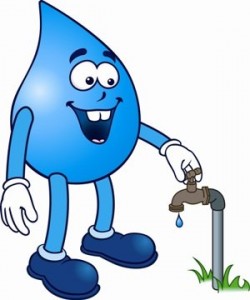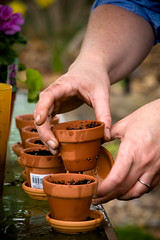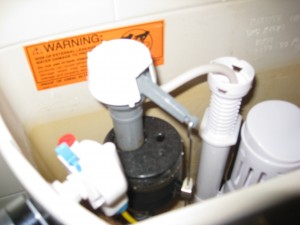 What is common between the beach, the pool , cold showers and lemonades ?
What is common between the beach, the pool , cold showers and lemonades ?
Water !
Even though water seems like it is an unlimited resource, is in reality a limited resource because there are no known new sources of water. Americans consume about 150 gallons of water every day, which is twice the world average. Water needs energy to be transported and has a huge environmental impact. More water required means more dams and reservoirs, which in turn means more damage to marine habitat.
Check out National Geographic’s water footprint calculator to discover how you use water and calculate your footprint.
Here are things you can do to conserve water and do your part to save the environment :
[table "2" seems to be empty /]
Go here for more products that help conserve water.
Fun Facts
- Running a cold-water faucet for 5 minutes uses as much energy as letting a 60-W bulb run for a week !
- Water supply and treatment facilities consume about 56 bn KWh per year, which is equivalent to powering 5 million homes for an entire year !






 Living in Massachusetts, it is easy to take water for granted with an average rain fall of 45 inches per year. While 2009 might turn out to be an
Living in Massachusetts, it is easy to take water for granted with an average rain fall of 45 inches per year. While 2009 might turn out to be an